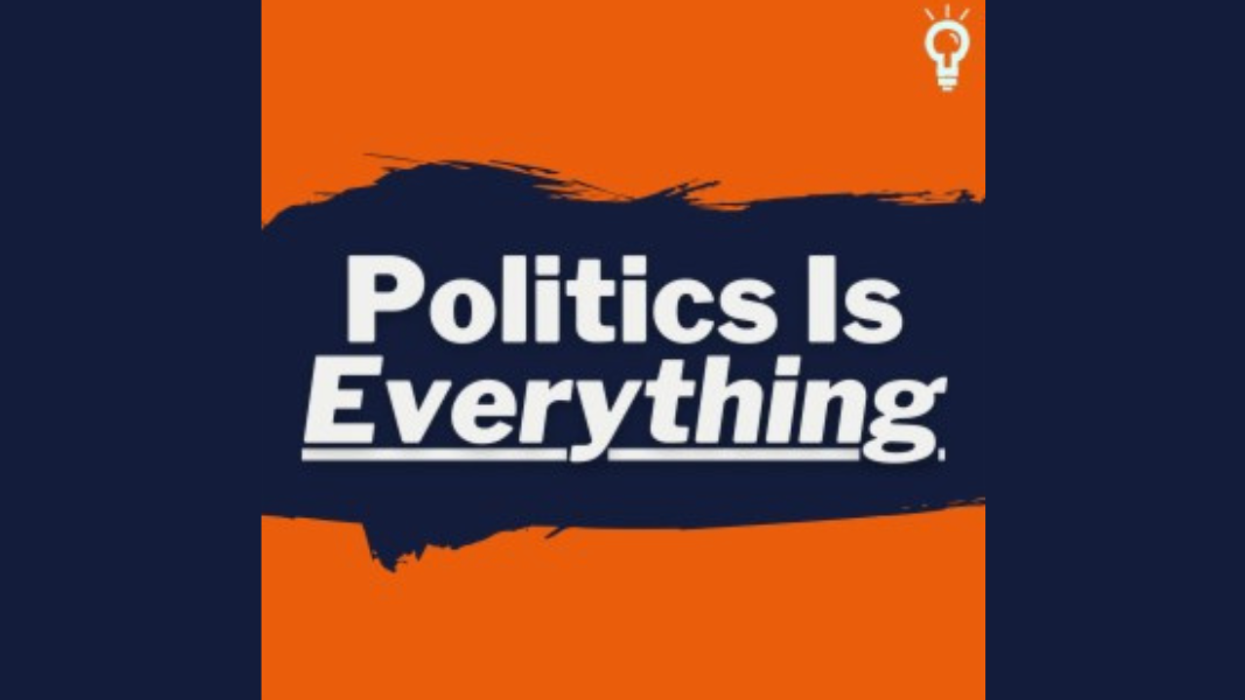Tim Miller is an MSNBC analyst, writer-at-large at The Bulwark, and the host of "Not My Party" on Snapchat. Tim was communications director for Jeb Bush’s 2016 presidential campaign and spokesman for the Republican National Committee during Mitt Romney’s 2012 campaign. He has since left the GOP and become one of the leaders of the “Never Trump” movement. He is author of Why We Did It: A Travelogue from the Republican Road to Hell that aims to explain why Washington DC politicos who knew better went along with Trump.
Miller joins this episode of “Politics is Everything” to discuss his book and what we can do to fix the rage machine he helped to create.





















